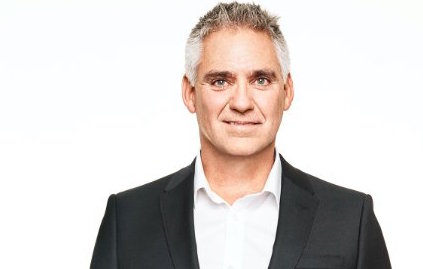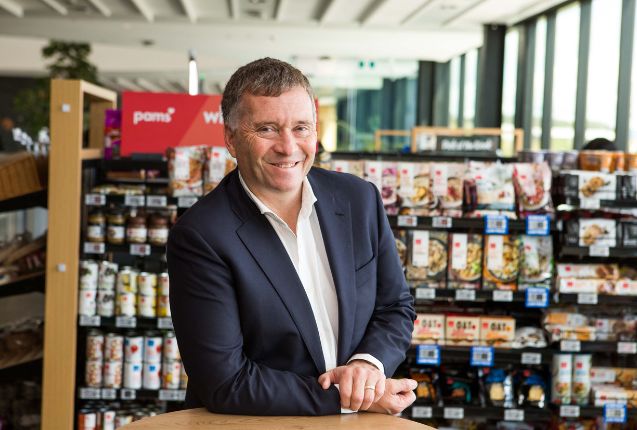
Coca-Cola Amatil (CCA) NZ has welcomed the government’s inclusion of the food and beverage industry in their comprehensive plan to reduce childhood obesity.
The Childhood Obesity Plan, announced by Minister Coleman, includes several ‘Broad Population Approaches’ that detail the role that industry should play.
Responsible marketing to children, providing easily accessible nutrition information and getting Kiwis moving more are all areas that Coke NZ has voluntarily committed to and continues to deliver upon.
Chris Litchfield, Managing Director of CCA NZ said: “We all acknowledge that there is no single fix for obesity. It will take the collective efforts of government, industry and communities to address obesity and ensure healthier lifestyles for generations to come.”
While the evidence-based data shows that the consumption of sugar sweetened beverage is a small part of the Kiwi diet and continues to decline*, Coca-Cola has a long history of voluntarily playing its role to address the social and environmental issues that affect the communities in which it operates.
The company has a long-standing global responsible marketing policy that ensures that it doesn’t target – via its advertising content and placement – children aged under 12.
In 2008 Coke NZ joined with the Ministries of Education and Health and Frucor to introduce the Voluntary Schools Agreement (VSA) in NZ. Coke NZ and Frucor committed to not directly supply full sugar carbonated beverages nor full sugar energy drinks to all schools. Both companies are currently working with the Ministry of Education to revitalise the VSA. Coke NZ also fully supports the Advertising Standards Authority’s upcoming review of the Advertising to Children Codes.
In July 2013 Coke NZ joined the front line in the fight against obesity by publicly pledging a series of business commitments intended to give Kiwis more choice, more information and more opportunities to get active.**
Litchfield says: “Since we announced these voluntary commitments to make it easier for people to balance their energy intake from beverages, we have seen real tangible results. Our business has reduced sugar usage by 15% in eight years whilst simultaneously growing our portfolio.
“People are choosing different beverages to suit and balance their and their families’ lifestyles. Kiwis are buying more of our no and low energy drinks, our recently introduced smaller packs are very popular, energy information is on the front of all our packs (excluding water) and most of our vending machines.
“Increasing nutritional literacy is core to ensuring people make the right choices for a healthy lifestyle. So in addition to these initiatives, we have signed up, Trans-Tasman, to the Healthy Star Rating (HSR) scheme. We will swap out the existing energy icon with the HSR Integrated energy icon on the front of all our packs, so people can see at a glance the energy content to make better informed choices.
“There is no silver bullet to solving the obesity issue in NZ, but through clear government direction and outcome orientated actions of communities and industry, progress can be made for a more active, healthier NZ,” said Litchfield.
* Overall, sugar sweetened non-alcoholic ready to drink (NARTD) beverages continue to decline (down 1.1% versus 2014), while NARTD low kilojoule beverages have experienced a double digit increase (+11.2%). Source: NZ Nielsen RMS Scan MAT 06/09/2015.
**In July 2013, Coke NZ made four business commitments to help address obesity:
• Increasing the availability of smaller portion sizes
• Offering a wider selection of low-kilojoule beverage options
• Providing transparent nutritional information in more places, including vending machines
• Helping get people moving by supporting physical activity programs
Did you know?
One in four of Coke NZ’s 200+ drink options are low or no calorie. The company has low calories options for all of its soft drink range.
Coke NZ beverage transactions are increasing faster than volume driven by the popularity of smaller packs, with the 300ml PET soft drink pack now 19% of all Coke NZ individual size packs.
4,500 of Coke’s 5,500 vending machines have nutritional information (energy comparisons) of their range of beverages within each fridge.
Amongst ALL Non-Alcoholic Ready To Drink (NARTD*) beverages (including the Coke NZ range), one in three purchased are diet/low kilojoule (32.2%), up from 27.7% in 2013. Source: NZ Nielsen RMS Scan MAT 06/09/2015.
Carbonated soft drinks are 7.2% of the entire beverage portfolio that Kiwis consume (Coca-Cola Consumer beverage landscape survey 2012).
Over the past three years, NZ sugar sweetened carbonated soft drink transactions (as opposed to consumption and volume) decreased 2.7% and low/no cal soft drink transactions increased 1.3%. Source: NZ Nielsen Scan data.



